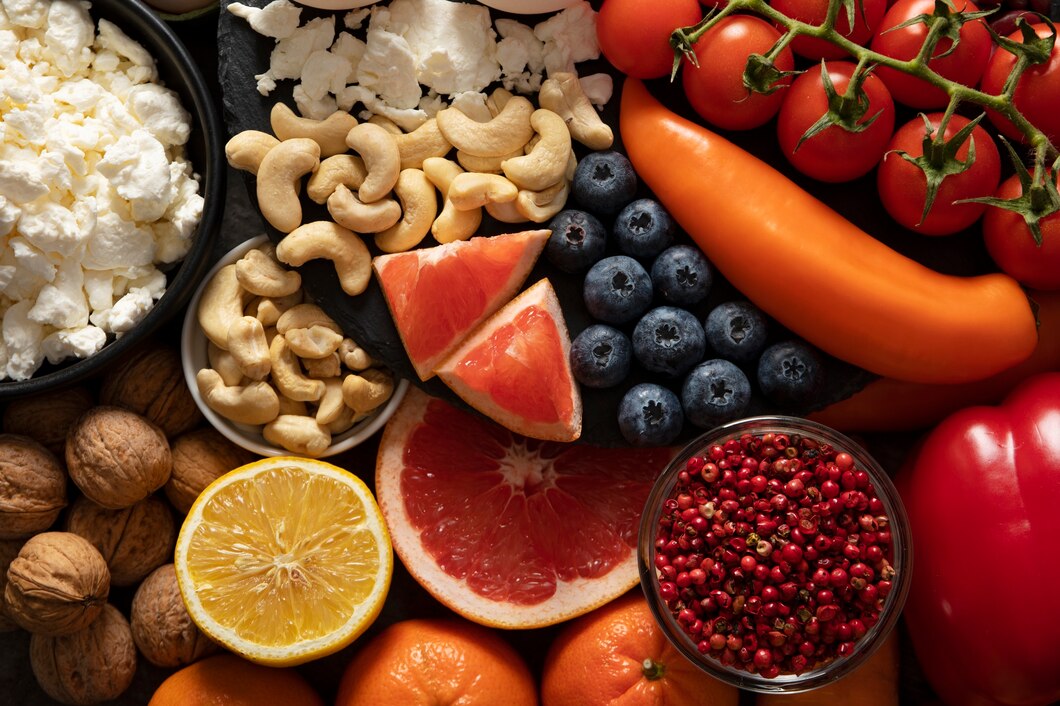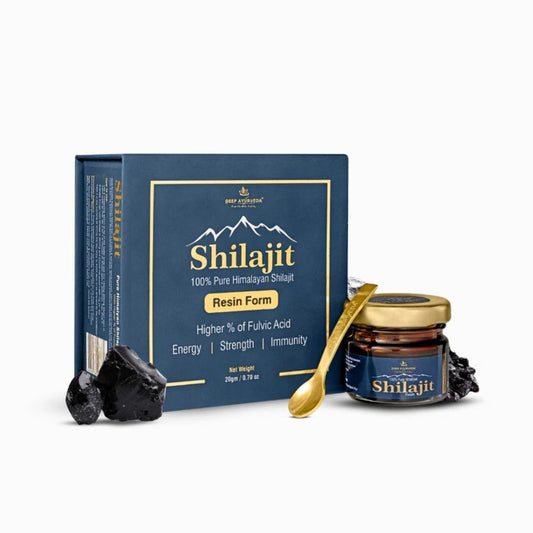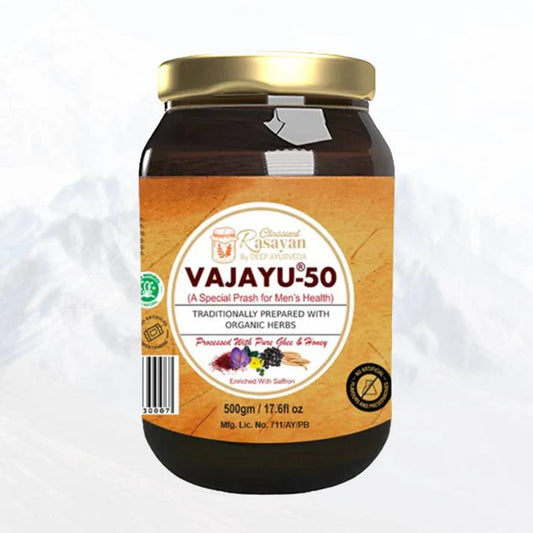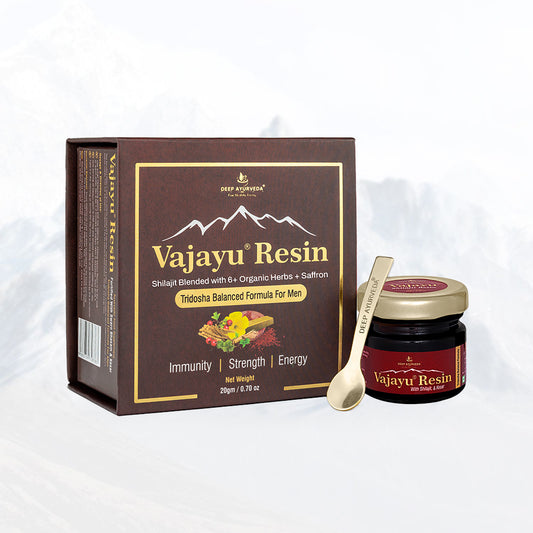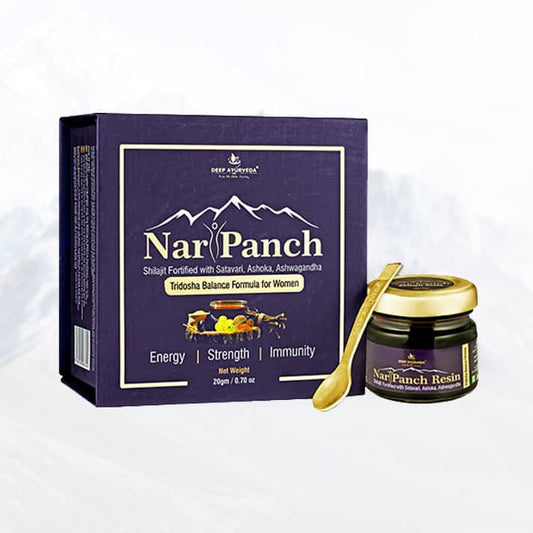Iron is one of the most essential minerals your body needs every single day. Without enough iron, your blood cannot carry oxygen effectively, and this often leads to fatigue, weakness, pale skin, and a condition called anemia. Despite being so vital, iron deficiency is one of the most common nutritional problems worldwide. The good news? Nature has blessed us with plenty of iron-rich foods that can be easily added to our meals.
In this article, let’s explore the top 10 foods rich in iron you should eat, their unique benefits, and practical ways to include them in your daily diet.
Why Iron Matters So Much
Before diving into the list, it’s important to understand why iron is so crucial. Iron is a core component of hemoglobin, the protein in red blood cells that carries oxygen from your lungs to every tissue. It also supports muscle function, brain development, and immunity.
There are two types of dietary iron:
-
Heme iron – found in animal-based foods; absorbed more efficiently.
-
Non-heme iron – found in plant-based foods; absorption improves when combined with Vitamin C (like citrus fruits, tomatoes, or bell peppers).
Top 10 Iron-Rich Foods
1. Spinach – The Green Iron Powerhouse

Spinach is a classic vegetarian source of non-heme iron. One cup of cooked spinach provides nearly 6 mg of iron, making it an excellent choice for boosting your levels. Along with iron, it is rich in Vitamin K, magnesium, and antioxidants.
Tip: Pair spinach with lemon juice or tomatoes to enhance iron absorption.
2. Red Meat (Beef & Lamb)

Red meat is one of the best sources of heme iron, which the body absorbs far better than plant-based iron. A 100-gram serving of beef provides about 2.7 mg of iron. This makes it a highly effective food for preventing iron deficiency anemia.
Tip: Choose lean cuts and grill, stew, or stir-fry them with vegetables for a balanced meal.
3. Lentils – Affordable Protein and Iron

Lentils are not only rich in protein and fiber but also a great plant-based source of iron. One cup of cooked lentils provides about 6.6 mg of iron, which covers a significant part of daily needs.
Tip: Lentil soup, dal, or lentil salad are easy, budget-friendly options.
4. Pumpkin Seeds – The Tiny Superfood

A small handful of pumpkin seeds (about 28 grams) contains 4.2 mg of iron. They are also rich in magnesium, zinc, and healthy fats.
Tip: Snack on roasted pumpkin seeds, or sprinkle them on salads, smoothies, or yogurt.
5. Tofu – A Plant-Based Protein with Iron

For vegetarians and vegans, tofu is a must-have. Half a cup of tofu provides around 3.4 mg of iron. It also contains protein, calcium, and other minerals, making it a complete food.
Tip: Stir-fry tofu with vegetables or marinate it in soy sauce and spices for a delicious dish.
6. Dark Chocolate – A Sweet Way to Boost Iron

Surprisingly, dark chocolate is a rich source of iron. A 100-gram bar with at least 70–85% cocoa provides up to 11 mg of iron. Alongside this, it delivers magnesium, copper, and antioxidants.
Tip: Choose high-quality dark chocolate and enjoy it in moderation.
7. Chickpeas – Versatile and Nutritious

Chickpeas, also known as garbanzo beans, contain about 4.7 mg of iron per cup (cooked). They are rich in fiber, protein, and folate, making them ideal for both energy and gut health.
Tip: Enjoy them as hummus, in curries, or roasted as a crunchy snack.
8. Shellfish (Clams, Mussels, Oysters)

Shellfish are some of the richest natural sources of heme iron. For example, a 100-gram serving of clams can provide up to 28 mg of iron, which is more than the daily requirement for most adults.
Tip: Steam or grill shellfish with herbs and lemon for a nutrient-packed meal.
9. Quinoa – The Ancient Super Grain

Quinoa is not only gluten-free but also high in protein and essential minerals. One cup of cooked quinoa contains about 2.8 mg of iron, along with fiber and antioxidants.
Tip: Use quinoa instead of rice in salads, bowls, or side dishes.
10. Eggs – Everyday Source of Iron

Eggs, especially the yolks, contain about 1 mg of iron per egg. While not as high as red meat or legumes, eggs are an easy and affordable way to add iron to your daily diet.
Tip: Combine eggs with spinach or tomatoes to improve absorption and maximize nutritional value.
How to Improve Iron Absorption Naturally

Eating iron-rich foods is only half the job. The way you combine them matters too. Here are some quick tips:
-
Pair plant-based iron sources with Vitamin C-rich foods.
-
Avoid tea, coffee, or high-calcium foods immediately after an iron-rich meal (they hinder absorption).
-
Cook in cast-iron pans – this can increase the iron content of your meals.
Final Thoughts
Iron is more than just a mineral – it’s the spark that keeps your body energized and functioning at its best. Including a balanced mix of plant-based and animal-based iron-rich foods ensures you meet your body’s daily requirements without relying solely on supplements.
From spinach and lentils to red meat and shellfish, the choices are diverse, delicious, and nutritious. By being mindful of what you eat and how you combine your foods, you can protect yourself against iron deficiency and enjoy better energy, focus, and overall health.
